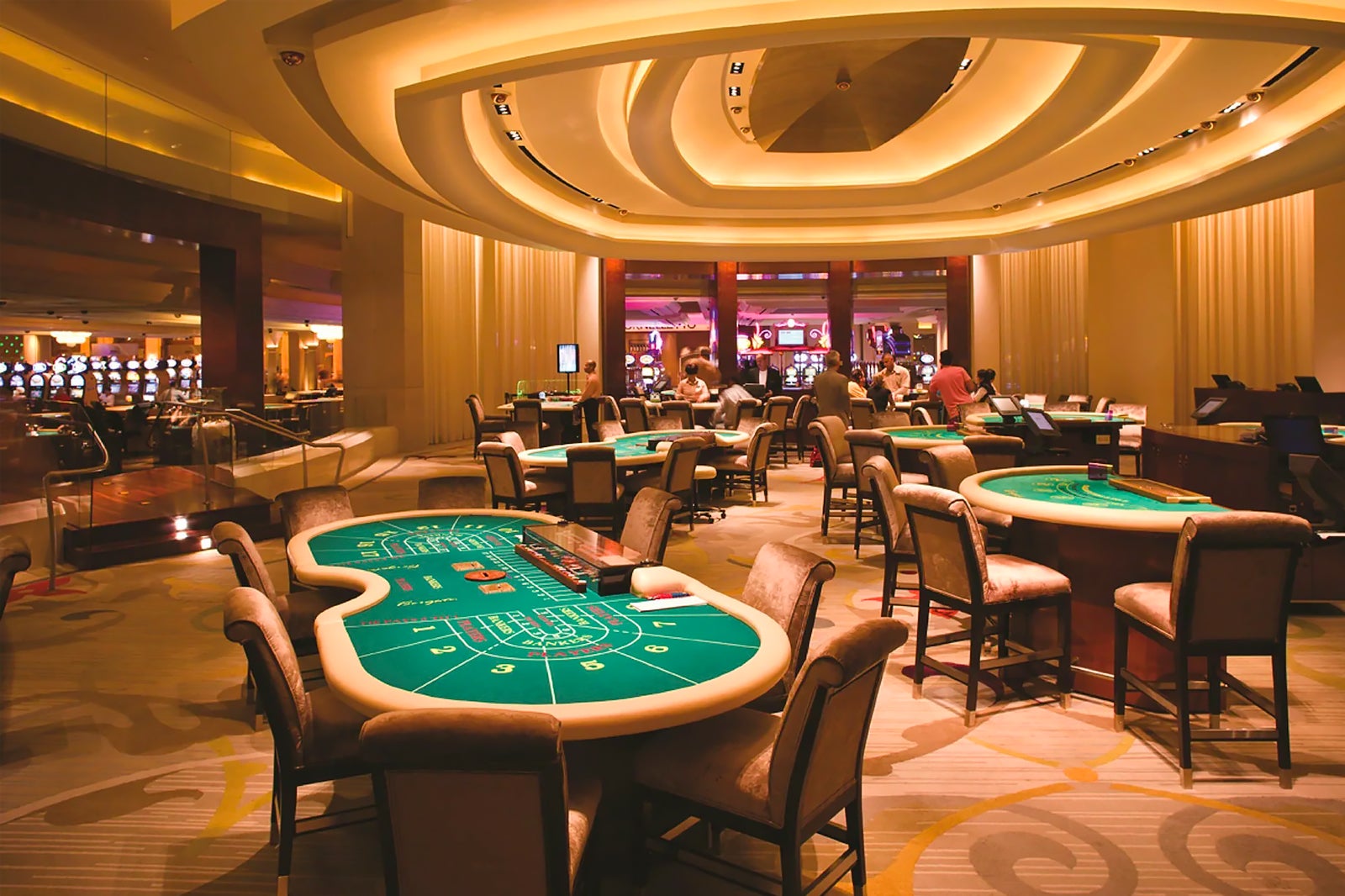
Casino experiences have long captivated human interest, drawing participants into a world filled with fortune, tactics, and the allure of adventure. Each game is meticulously crafted not just for enjoyment, but also to evoke particular emotional responses that keep gamblers immersed and committed. Understanding the reasons behind these designs reveals much about how behavioral psychology plays a key role in the gaming experience.
From the vivid lights and dynamic sounds to the sophisticated layering of systems and payoffs, casino games are designed to create an atmosphere of anticipation and expectation. Game designers leverage behavioral strategies to influence player behavior, whether through the use of jackpots, near-miss scenarios, or community engagement. By examining these factors, we can better appreciate how casino games fulfill not just a need for entertainment, but underlying psychological needs for excitement and hazard.
Comprehending Player Actions
Casino games are designed with a thorough grasp of player psyche, which is vital for luring and keeping players. The rush of the game, combined with the hope of winning, creates a formidable allure. Game designers utilize elements like sound effects, vibrant graphics, and engaging gameplay to capture attention and generate emotional responses. Go88 These sensory experiences enhance the immersive experience, making players feel more involved in the game.
Another important aspect of player behavior is the concept of risk and reward. Casino games often balance high-risk scenarios with the potential for considerable rewards, which can cause the occurrence known as near-miss effect. When players come near to winning, the brain secretes dopamine, reinforcing their behavior and motivating them to continue playing in quest of that elusive win. This cycle of hope and frustration plays a key role in how games are constructed and advertised.
Lastly, community aspects also play a central role in player behavior at casinos. Many games are made to be played in groups or with other players, fostering a sense of belonging and shared experience. The community engagement inherent in games like poker enhances enjoyment and can result in extended gameplay. Designers leverage on this by designing environments that invite players to remain, socialize, and revisit, making the overall casino experience more attractive.
The Role of Imagery and Audio
Visuals and audio play a crucial role in improving the gambler’s experience within gambling games. Designers utilize vibrant colors, striking graphics, and captivating animations to grab players’ attention and sustain their focus. The use of themes, such as adventure or luxury, helps create an engaging atmosphere that takes players into another world. By appealing to the senses, these elements contribute to a intensified emotional response, prompting players to interact more profoundly with the games.
Audio design is equally important in reinforcing the overall experience of casino games. The mix of ambient music, sound effects for winning combinations, and ambient noises creates an auditory landscape that keeps players fascinated. Audio cues associated with victories, such as chiming bells or celebratory music, evoke feelings of thrill and reward, prompting players to continue playing. These audio cues are carefully placed to amplify the excitement of the game and create a more immersive experience.
Additionally, the alignment of visuals and audio is crucial for supporting the game’s overall concept and atmosphere. Each element should coordinate harmoniously to create a unified experience that draws players in. The effective use of this integration not only improves user enjoyment but also increases the chances of repeat play, as players become more invested in the captivating world that the casino games offer. This thoughtful integration of imagery and sound ultimately enhances player involvement and loyalty.
Reward Structures and Engagement
The development of gambling games significantly relies on incentive systems to ensure participants engaged and coming back for more. These systems are based in behavioral theories that take advantage of human behavior and desire. Players are often driven by the thrill of winning, which is reinforced by instant responses through the game’s mechanics. This prompt satisfaction not only improves the overall experience but also fosters a sense of achievement, encouraging participants to continue playing in hopes of greater rewards.
Casinos utilize various incentive systems, including large payouts, bonuses, and multipliers, to engage players. These elements create a level of thrill that maintains interest. Additionally, the randomness of results plays a significant role in sustaining attention. The variable reward system, where wins are unpredictable but occur often enough, maintains participants on edge and driven to keep playing. This loop of hope and expectation is foundational to the success of gambling experiences.
Moreover, community aspects, such as tournaments and multiplayer features, enhance the participation factor by tapping into the competitive nature of participants. The shared experience of gaming with others can amplify the excitement of winning and create a sense of community within the casino. By combining these social dynamics with efficient incentive structures, gambling experiences don’t just provide fun but also nurture a stronger bond among players, solidifying their commitment to the gaming experience.
